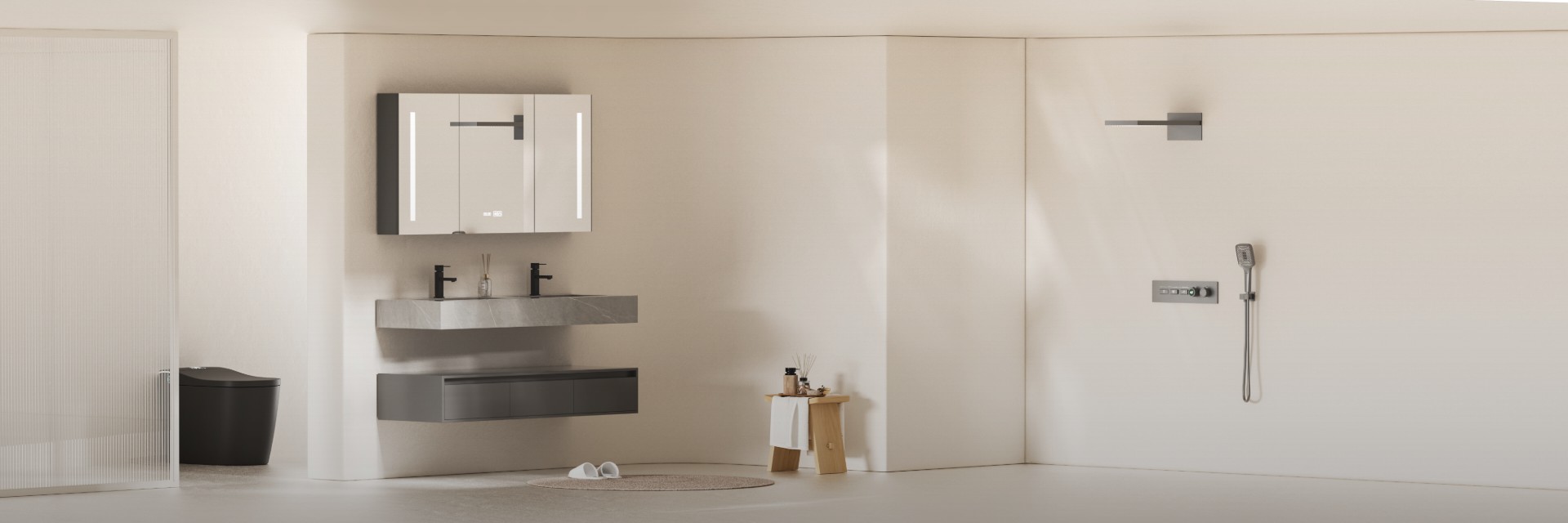不妨耐心一点,给好运更多时间 — 梁露

Recently, there was a trending search: “The CCTV commentary when Fan Zhendong received the award was so well written.” The commentary was as follows: “The portrayal of his career is like a microcosm of the life of ordinary people. Even if he is gifted, he still has a long way to go. Standing at the top is never something that can be achieved overnight. His strong sense of self-discipline, day-to-day tenacity, and increasingly strong heart have allowed him to go through one cycle after another to become a strong man and reach perfection.”
Many times, what we lack is not the goal, but the patience and tenacity required to achieve the goal. There is no such thing as casual success. Another meaning of this sentence is: before all arrivals, there is a long way to go. Only with enough patience can we catch good luck.
Some people say that what supports us to live hard are the things we want to do but have not done yet. Some roads seem to be very close, but they are very long to walk. Without patience, we will never reach the end. Patience is a practice that we need to persist in for a lifetime. However, I don’t know when it started, we seem to be less and less patient. “Time is silent, waiting for the flowers to bloom” is regarded as a beautiful fantasy, and “one stroke, one success” has become a top priority. People hope to see “immediate results and quick results” in everything. I can’t help but ask, where has the precious patience gone? Patience, although it sounds a bit old-fashioned, is extremely challenging to do. It requires you to have ——
01 Calm down and focus
Immerse yourself in the atmosphere of doing things: when reading, quietly appreciate the beauty of words; when running, feel the rhythm of your body attentively; when writing, devote yourself to telling the story… When you are focused enough, all kinds of distractions will automatically fall away. Calm down and focus on the work at hand, and you will feel infinitely full and down-to-earth. The days are silent and unknown, but they are also like dancing.
02 Dedicated efforts
Give up the speculative mentality of “looking for shortcuts in everything” and be more down-to-earth and hardworking. In competitive sports, behind Quan Hongchan’s disappearing splash is “hundreds of jumps every day”; behind Zheng Qinwen’s creation of Chinese tennis history is “no matter how late the training is, he refuses to leave early and looks for every opportunity to play more shots.” The calmness and composure on the court are the solid confidence given by daily solid accumulation.
03 The tenacity to carry heavy burdens
I like a line from the movie “The Weather Man”: “Do you know that the hard things to do and the things that should be done are often the same thing? Anything meaningful is not easy, and there is no such thing as easy in adult life.” Patience is essentially a kind of tenacity. When it is the most difficult, hold on to hope and get through it. When it is the most tiring, hold on to your body and mind to get through it. When it is the most difficult, hold on to your faith and get through it. A person’s patience is not reflected in how he handles things at his fingertips, but when unprecedented pressure comes, whether he can face it calmly without being impatient.
04 Accepting the impermanence of tolerance
Growth is not an objective question of “efforts will inevitably lead to success”. Dissatisfaction is the norm. The ancients said: “When things go well, don’t be overly happy; when things go badly, don’t be discouraged; when things are safe, don’t be extravagant; when things are dangerous, don’t be frightened.” Life is like the sea, there are always ups and downs. No matter what happens, you must remain calm, and your heart will be as calm as a lake. Accept changes calmly, wait for the opportunity slowly, look forward but not anxious, be calm but not indifferent. When you are patient enough, you can hear the voice of wisdom.
05 Continue to work hard
People who don’t care about patience are not obsessed with the results. The harvest of the process is the treasure in their eyes. When you focus on the results, once you don’t get immediate and equal rewards, you will lose the will to continue and the courage to start over. When you focus on the process, your mentality will be much calmer. If you are not satisfied at this time, you can just try again. There will always be a time to succeed. Even if you lose a hundred times, you can still fight again.
The road is still long and the scenery is still rich. We are not in a hurry, we walk and sing. Action will not let dreams stop at fantasy. When you feel tired, maybe you are walking uphill. May you run to your passion, not afraid of the hardships on the road, always hold hope and expectation, and always move forward courageously.
-
Editor-in-Chief:Wang Qi, Zheng Shuyou
-
author:Zheng Shuyou

Each company has corresponding drawing specifications and standards. Basic drawing specifications usually include key elements such as symbols, dimensioning, line types, scales, fonts, etc., to ensure the unified standards and management of drawings.
A drawing contains many elements such as drawing frame, title bar, graphics, scale, size, symbols, technical requirements, etc. Each element has standard requirements to follow. Based on these standards, the drawings designed by each designer can be interoperable, easy to understand, and communicate smoothly. This is the significance of standardization.
The dimensions on the part drawing are an important basis for processing and inspecting parts, one of the important contents of the part drawing, and the most directive part of the drawing. When marking dimensions on a part drawing, the “four requirements” must be met: correct, complete, clear, and reasonable.
The “5 rules” for dimensioning: the dimension value is the actual size of the part, the unit is millimeters, the dimensions marked in the figure are the dimensions of the part after completion, each dimension is generally only marked once, and the dimensions are reasonably configured.
Basic rules and requirements for dimensioning:
(一) Basic requirements for dimensioning
- correct:It must comply with relevant provisions of national standards.
- completely/strong>:All dimensions required to manufacture parts should be marked without omissions or duplications.
- Clarity:The size arrangement should be neat and clear for easy reading.
- Reasonable:The marked dimensions must comply with design and process requirements.
(二) The dimension value is the actual size of the part and has nothing to do with the drawing scale or the accuracy of the drawing.
- The dimension value is the actual size of the part and has nothing to do with the drawing scale or the accuracy of the drawing.
- The unit is millimeters. If other units are used, the unit name must be indicated.
- The dimensions noted in the figure are the dimensions of the completed parts.
- Each dimension is generally marked only once and should be marked on the view that most clearly reflects the structural features.
- Reasonable size configuration
- (1) Functional dimensions should be directly indicated.
- (2) The dimensions of the same element should be marked together as much as possible, such as the diameter and depth of a hole, the depth and width of a groove, etc. Try to avoid marking dimensions on invisible contour lines.
Dimensioning of part drawings:
1. Selection of size benchmark
The dimension datum is generally selected from the larger machined surface on the part, the joint surface between two parts, the symmetry plane of the part, important planes and shoulders.
- Types of Dimension Standards
- Design basis:From a design perspective, some benchmarks are selected to meet the structural and performance requirements of parts in machines or components.
- Process benchmark:From the perspective of processing technology, some datums selected to facilitate the processing and measurement of parts are called process datums.
- Selection of size benchmark
- Selection principle: The design datum and process datum should be made to coincide as much as possible to reduce dimensional errors and ensure product quality.
- Three-party benchmark:Any part has dimensions in three directions: length, width, and height. Therefore, each part should also have dimension references in three directions.
- Primary and secondary benchmarks:There may be two or more datums in a certain direction of a part. Generally, only one is the primary datum, and the others are secondary datums, or auxiliary datums. Important geometric elements on the part should be selected as primary datums.
Basic principles of dimensioning:
Important dimensions must be directly injected from the design datum. All important dimensions on parts that affect product performance, working accuracy and interchangeability (specification performance dimensions, matching dimensions, installation dimensions, positioning dimensions) must be directly injected from the design datum, and injection into a closed dimension chain should be avoided. Appropriate consideration should be given to dimensioning in the order of processing.
Dimensioning method:
1. Basic method: shape analysis
Decompose the composite body into several basic bodies and simple bodies, and mark three types of dimensions based on shape analysis.
- Fixed size: Determine the dimensions of the shape and size of each primitive.
- Positioning size:Determine the relative position of each basic body. To mark the positioning dimension, you must first select the dimension reference. Parts have dimensions in three directions: length, width, and height. Each direction must have at least one reference. Usually, the bottom surface, end surface, symmetry surface, and axis of the part are used as references.
- Overall dimensions: The maximum dimensions of the length, width and height of the part. The overall dimensions, positioning dimensions and shaping dimensions may overlap, and adjustments must be made to avoid excess dimensions.
Drawings are a transmission medium and a silent language. They can transmit designers’ excellent design concepts to relevant departments and be used to guide procurement, construction and other work, so as to make the design works actually come into being.




 Wechat
Wechat


